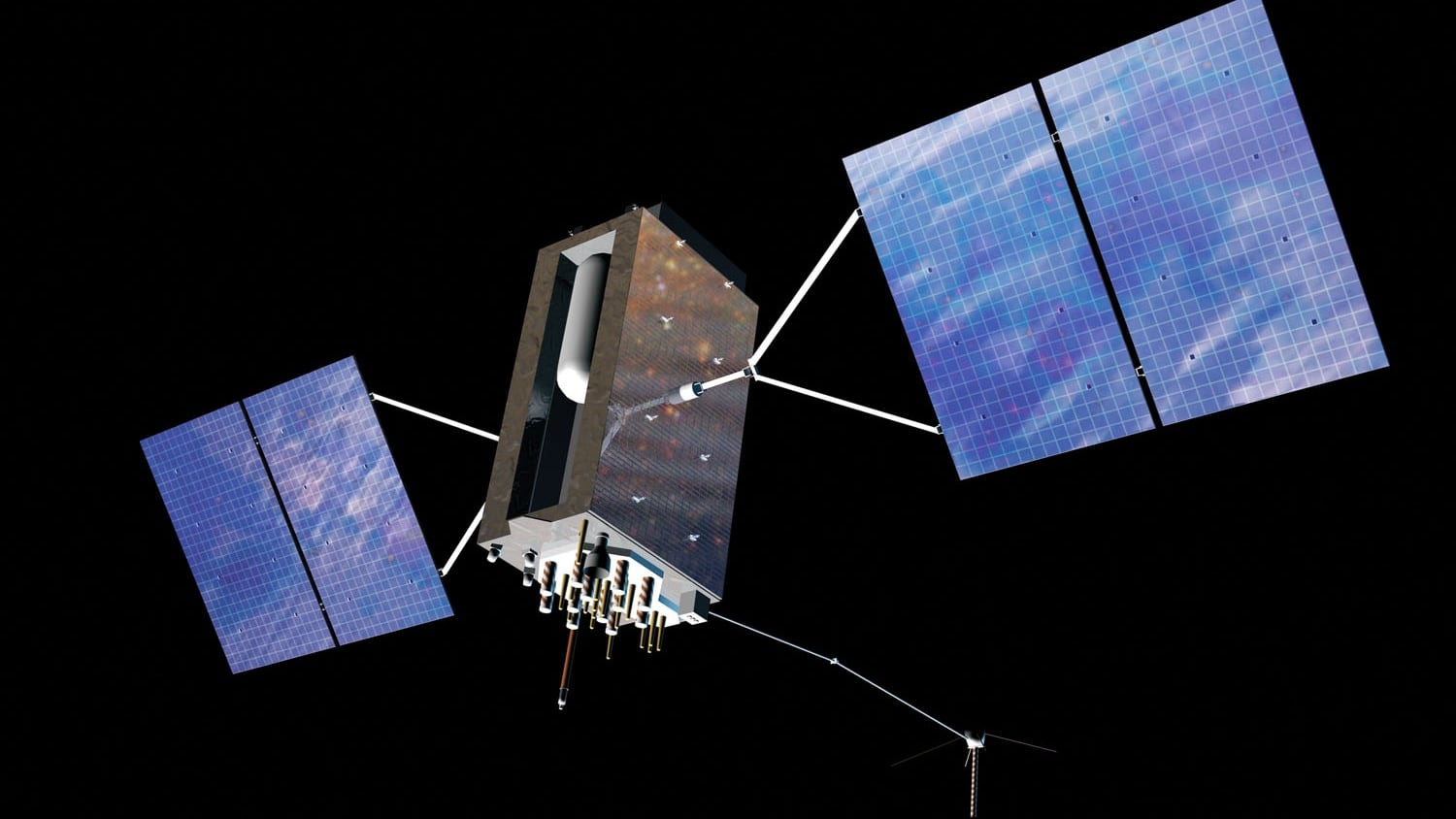In the name of resiliency and agility within the space domain, the Air Force is looking toward allowing contractors to fly satellites.
For years, while the Air Force has been focused on command and control of these assets — essentially making the trains run on time — the job of the force now is to understand the threat environment and be able to react to it, according to Maj. Gen. David Thompson, vice commander of Air Force Space Command.
Given that the Air Force will not get more uniformed or civilian airmen to perform this mission, the service will increasingly look to bring commercial and contract operators online to perform the day-to-day and routine flying and operating of its satellite constellations, Thompson said March 8 at the Satellite 2017 conference in Washington. This new support will help the military focus on other responsibilities, he added.
Thompson said there is an initiative underway focused on wideband global satellite communications for which the service is about to complete a request for proposals to industry for putting contractors in the seats of military and civilian operators currently on the operations floor at Schriever Air Force Base. This should occur, he said, over the next year.
The next step, which would be dependent on the success of the aforementioned initiative, is allowing contractors to operate these systems from remote locations. Thompson emphasized that this is not currently being pursued but is on the table and is being examined.
Under the guise of resiliency, Thompson described additional initiatives the service is looking at in the context to the current space architecture — which extends from terrestrial ground control stations to satellites in geosynchronous orbit and is not considered resilient.
One program of note out of the Space and Missile System Center is called Enterprise Ground Services. This is not a system, Thompson said, but rather a set of services and standards by which the force expects every future Air Force Space Command satellite system to be acquired.
Baking in cybersecurity standards from the beginning of the cycle is critical to ensuring reliance.
The Space and Missile System Center has already put $60 million into this program, Thompson said, specifically to establish standards to send software kits to the command and control developers. But ultimately, he added, the next step is to expect every single program of record — be it GPS systems, space-based infrared systems, wideband global SATCOM, advanced ultra-high frequency and their follow-ons — to design and develop these standards so that this architecture becomes defensible and cheaper to operate.
Additionally, working with Air Force Research Laboratory, the Air Force is conducting an initiative called Air Force Satellite Control Network commercial augmentation.
Working with four vendors that are either operating today or in negotiations to operate, they will provide the ability to make a commercial ground terminal look like an Air Force satellite-controlled network node.
"That way, perhaps, not just in emergency but in day-to-day operations, we can leverage [those] global commercial, interconnected network ground control stations to command and control our satellites just like the rest of the satellite enterprise does," Thompson said.
Mark Pomerleau is a reporter for C4ISRNET, covering information warfare and cyberspace.








